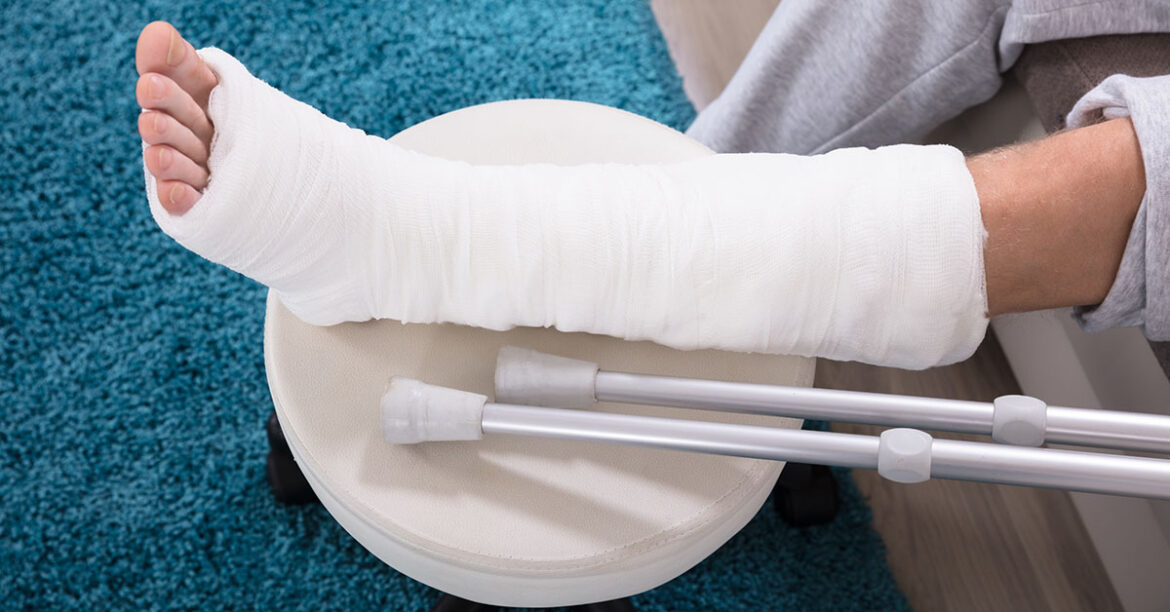A bone fracture is a full or partial break in the continuity of bone tissue. It can occur in any bone in your body. Fractures can be closed where a fracture does not cause damage to the surrounding tissue or tear through your skin. They can also be compounds where the surrounding tissue is damaged and penetrates your skin. Compound fractures can be severe because they are at high risk of infection. Bone fractures can be very painful, and they need medical attention. Your trusted pharmacy Humble prescribes quality medications to relieve your pain.
Causes
There are three common causes of bone fractures. These causes include trauma resulting from falls, sports injuries, car accidents, or fights. Some medical conditions can weaken your bones, leading to fractures. These conditions are osteoporosis, infections, chronic steroid use, or tumors. Bone fractures can also result from overuse injuries. These injuries mainly occur in athletes and result from repetitive motions and repeated stress to your bones.
Diagnosis
History and physical examination: Your doctor will take a history of your injury, examine it and look for other damages that may have occurred. The doctor will inspect the injured area’s skin to check for any laceration, scrape, or skin tear. Your physician can also evaluate the site of tenderness and swelling to identify the fractured bone.
X-rays: In most cases, doctors will use x-rays to diagnose fractures. X-rays produce a two-dimensional picture of the break.
Bone scan: Your doctor will use a bone scan to find fractures that do not show in an x-ray. A bone scan takes longer, about two visits four hours apart.
CT scan: A CT scan uses computers and x-rays to create detailed slices or cross-sections of your bone.
MRI: A MRI creates detailed images through strong magnetic fields. It is commonly used to diagnose stress fractures.
Treatment
In most cases, bone healing is a natural process. Therefore, the treatment your doctor will give focuses on providing the fractured bone with the best healing circumstances. Treatments also ensure your fractured bone functions usually in the future. Your doctor can use the following treatments to improve your functioning.
Rest: Your doctor can recommend rest for some bone fractures to make you comfortable and prevent the fractured bone from moving. Avoiding movement help prevent further injury.
Ice therapy: A cold pack on the affected area helps reduce pain and swelling.
Physical therapy: After your bone has healed, your specialist can recommend physical therapy to restore muscle strength and mobility.
Splint: Muscle spasms surrounding the fracture can lead to pain. Splinting may help reduce that pain.
Surgery: Severe bone fractures may require surgery. Surgery is recommended if your fracture is markedly displaced or misaligned and cannot be held in place with a cast or splint. An open reduction and internal fixation can be made. Your doctor can also recommend surgery if your bone fracture is associated with injuries to arteries and nerves and they need to be repaired or decompressed.
Some lifestyle changes can help reduce bone fractures, such as eating a healthy diet, regular exercise, and wearing protective garments during sports. Schedule an appointment at Calvary Urgent Care for bone fracture treatment to ensure you heal properly.



